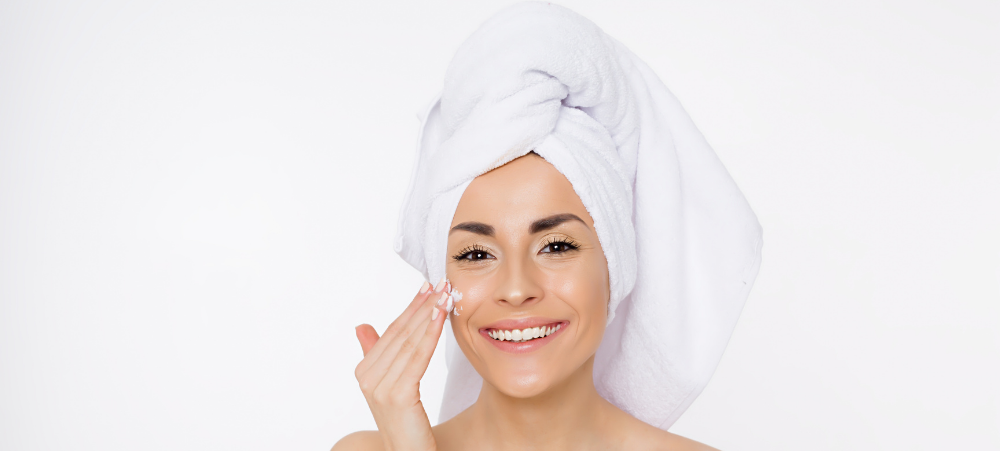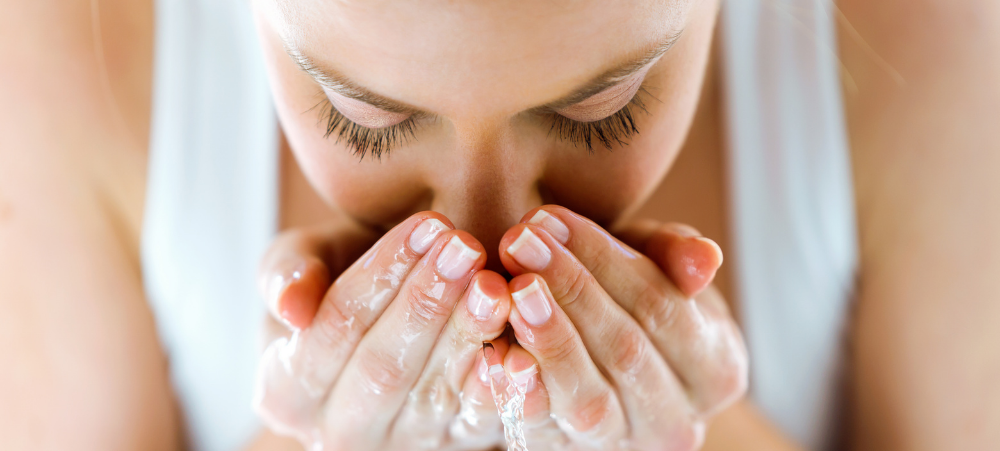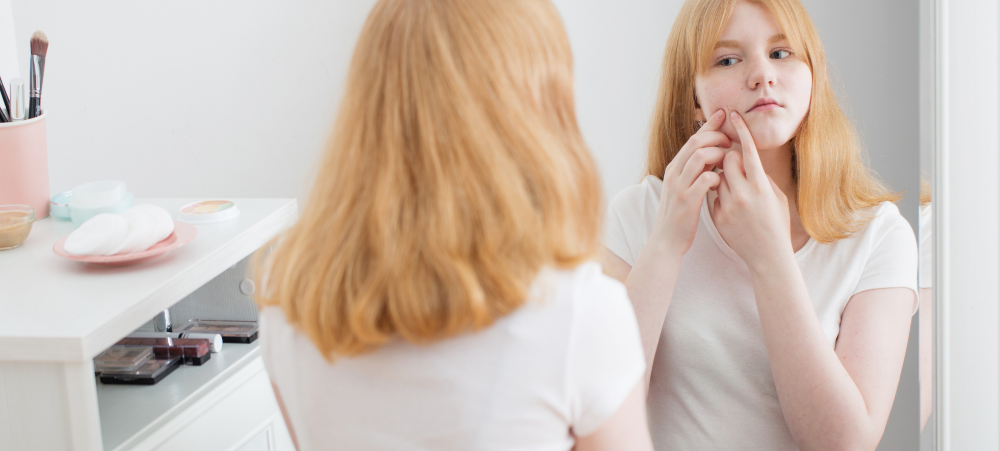
Naps Take Longer
As parents embark on their journey with us, they are delighted when, improvement in their baby’s night time sleep happens relatively quickly. They kiss their baby goodnight, lay them in their cot and since they have become so accustomed to spending ages helping their baby fall asleep, it delights them that their little one simply drifts off into dreamland within minutes. Going to sleep independently at bedtime tends to get progressively easier with each passing night. Babies fall asleep more quickly and start to have fewer night wakings. It is a wonder to behold, one which we can be thankful for. However, naps really do tend to take longer to settle. Going to sleep happily in the day and the nap lengths can take up to 3 weeks to resolve. Day naps are often where we see parents second guessing themselves and the plan that they are following. “Surely, by now, she should be falling asleep in the day without protesting so much?” At night, it is easier for babies to fall asleep. At night time, their melatonin hormone levels naturally increase, which promotes sleep. The bedtime routine is longer, including a bath, which is a strong signal to the brain that sleep is coming. This is not the case with day naps, because of course, they occur throughout the day. It is bright and light outside, melatonin levels are naturally low, its noisier, your baby may be more excited to practice their newest standing skills than sleeping and there tends to be far less “sleep pressure” encouraging your baby to fall asleep, like there is at night time after a busy day. For those reasons, babies just starting with a new routine often find it challenging to either fall asleep quickly or to stay asleep longer for their day naps. They have not yet fallen in love with sleep, but it will come. It helps when your baby has independent sleep skills, an environment conducive to sleep which includes a darkened room to produce just that little amount of melatonin to help them sleep in the day time, a shortened “nap wind down routine” prior to the nap and an appropriate awake time so they are sufficiently tired, but not overtired. However, for some babies, even with the perfect plan in place, they will still protest prior to falling asleep. For most babies, you may simply need a little more time to see progress in the day. It is nothing that you have done wrong. We often see that the families we work with do not see naps improving until the second week and in some incredibly determined little ones, the third week of us working together. If this is you, please do not stress. Simply be consistent and your little one will get there. It is a wonderful experience, once you are on the other side of the sleep training process, to see how your baby responds to sleep. You will immediately be attuned to your baby’s own sleepy signals and will know when to put them down for a nap. Your baby will not fight you, the protesting will become less and they will welcome their cot because they know that wonderful sleep is coming. They may immediately roll over, grab their comfort item, or get into their favorite sleep position and will start to doze off all on their own! You will walk out the room, close the door and marvel at how you have made it to the other side of the mountain. We know that the journey is tough and we know it is challenging to push through and to continually remind yourself that what is happening now, is only temporary. You will be glad you pushed through and you will be exceptionally proud of your little one for proving you wrong! By Tammy Buitendach – Good Night Consultant Resources: www.verywellfamily.com www.sleepfoundation.org www.parentingscience.com
































